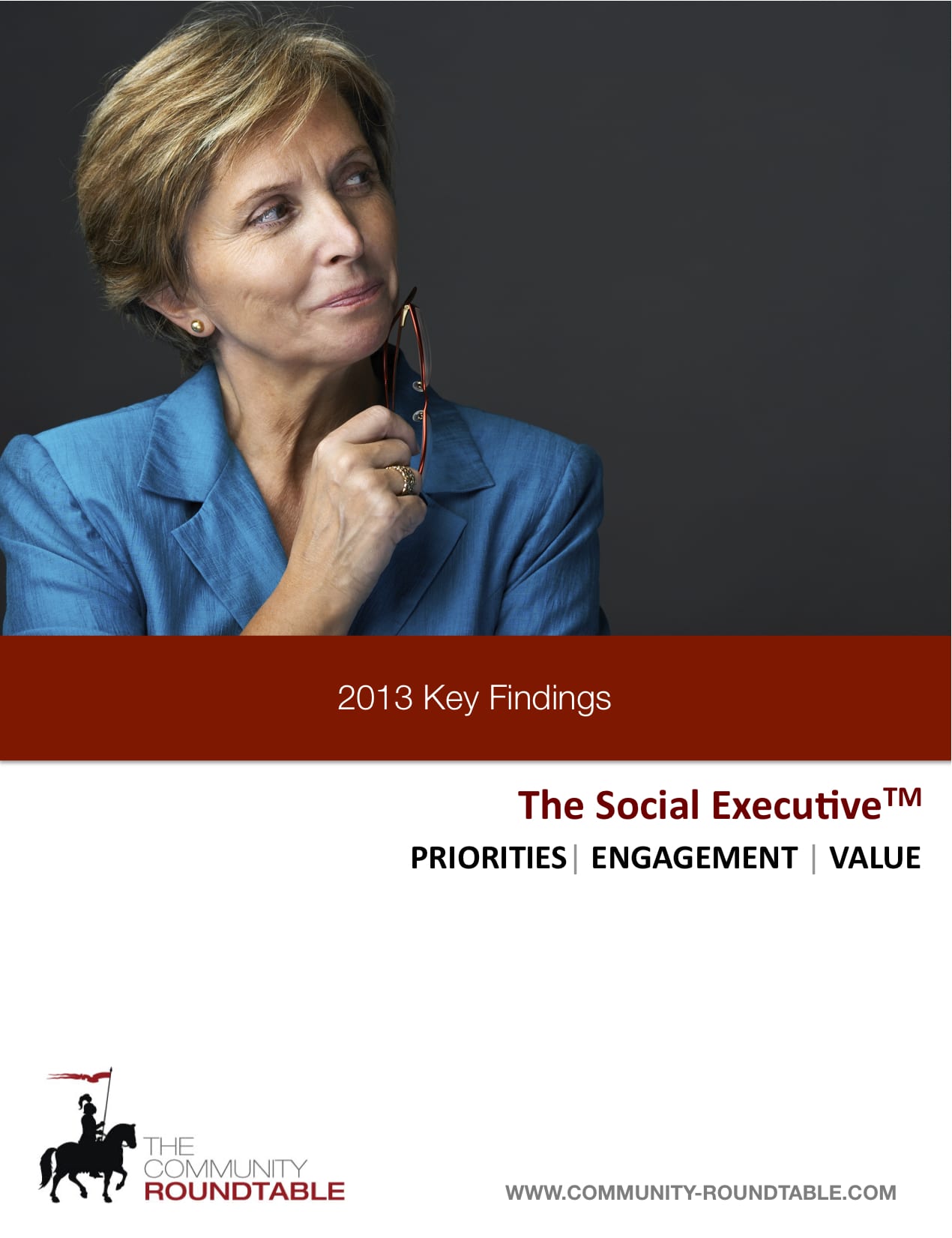Five tips for getting executive support for employee communities
 This is a guest post from Rachel Happe (@rhappe), Co-Founder and Principal at The Community Roundtable. Rachel will be a studio guest on Digital Workplace 24 on 14 – 15 May.
This is a guest post from Rachel Happe (@rhappe), Co-Founder and Principal at The Community Roundtable. Rachel will be a studio guest on Digital Workplace 24 on 14 – 15 May.
Sign up for Digital Workplace 24 (free) to hear more from Rachel and many other thought leaders, and for an unparalleled look behind the firewalls of many leading companies.
Would you like more engagement and support from your executives? Do you think they could do with some executive coaching? If you are working on a social or online community initiative, the answer is most likely yes because you understand intuitively that the behaviors of leaders matter a great deal in influencing everyone else.
It is also likely that you run up against executives who have no interest or time for you, who think online engagement is great for the rest of the organization but not for them, or have thought about engaging but don’t know what to contribute or how.
Because of these issues, we recently completed “The Social Executive” research to try and get a better idea of how executives perceive social approaches and how they engage themselves. Like any behavior change, what we found is that it is a journey – and one that varies depending on the executive.
However, each executive’s social journey does have some common milestones that we think can help you understand and solicit executive support and participation.
Five key tips on soliciting executive support
1. Do Your Homework: Find out what an executive cares most about by talking to their staff and looking at their content. If you want them to care, communicate in their language about how it addresses their priorities – and use supporting evidence that their priorities are being discussed in the community.
2. One Small Step at a Time: If an executive shows little interest in your employee communities, looking for their support right away is too much to expect. First, work on piquing their interest. Without that initial curiosity – or fear – as a motivator to learn more it is unlikely an executive will give any time at all to you, your initiative or the community itself.
3. Empathize: Everyone has pretty high expectations of executives and they know that, which makes any change or experimentation at their end challenging because they do it while a lot of eyes are watching them. Executive schedules also tend to be packed, leaving them little time to play – and learn – about things outside of their immediate priorities. Find ways that make support and participation as easy and obvious as possible, not because they can’t understand its importance but because they don’t have time.
4. Pair Up: Set up a reverse mentoring program so that executives can watch and learn from digital natives. Provide coaching so that digital natives can narrate their usage in terms of benefits and so that executives have the right expectations and can ask the right questions of digital natives.
5. Orchestrate Social Rewards: Once an executive does take their first tentative steps toward supporting and engaging the employee community, make sure there is a peer to comment or engage them there. There is nothing worse than saying something to a room full of people and having everyone walk right on by without stopping – don’t let this happen to your executive stakeholders if you want them to stay engaged.
Stages and triggers of executive engagement
What we found from “The Social Executive” research is that there are multiple stages of executive engagement and different triggers that move them past each milestone. Each stage requires a different approach and comes with different challenges for executives – from early in the journey (where they don’t understand the relevance) to later (when they start using social tools but get overwhelmed quickly) to still later (when they start to explore how social technologies might change their business model). While working with individual executives to advance their business may seem intense, it is well worth it in the support and interest you will see over time.
Finally, one of the best things that you can do in communicating with executives about the potential and risks of supporting employee communities is to have a balanced point of view that neither over-promises nor underestimates the risks, because most executives know that if it sounds too good to be true, it probably is. Changing how we all communicate takes time and persistence – and if we get it right, produces big rewards. To see what some of those rewards are, read The Social Executive UBM Case Study from The Community Roundtable.

Rachel Happe is a Co-Founder and Principal at The Community Roundtable, a company dedicated to advancing the business of community. The Community Roundtable provides education, training, research and advisory services to community and social business leaders. She can be contacted at rachel@community-roundtable.com.
Categorised in: Digital communication, Digital workplace strategy
